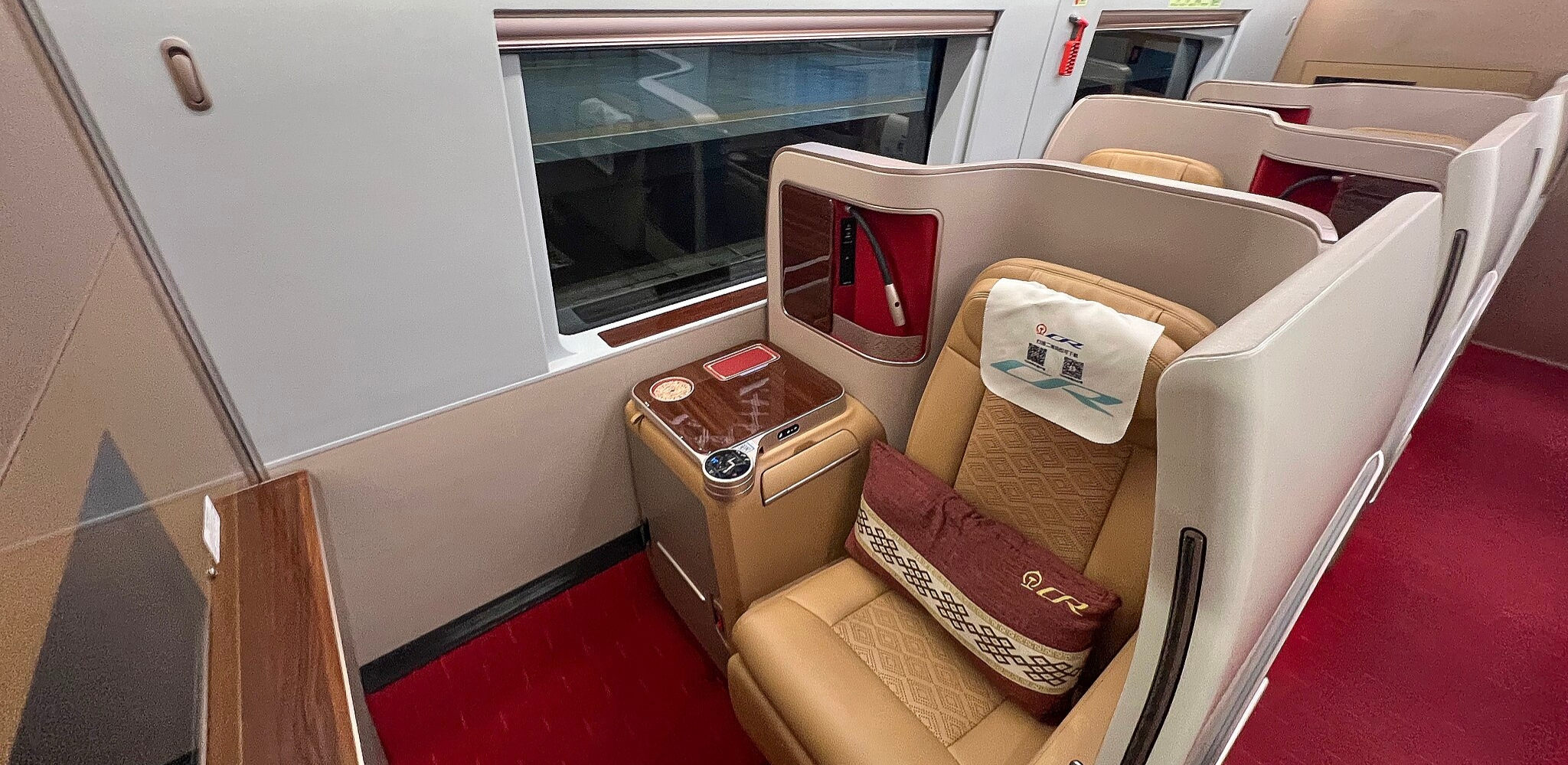To attract more passengers, airlines are employing promotional pricing strategies for business class seats. Through last-minute upgrades, loyalty program discounts, and targeted promotions, carriers ensure that fewer premium seats go unsold. For example, it’s now common to see passengers upgrading to business class at check-in for a fraction of the original ticket cost. This approach has opened the door for middle-income travelers and the growing “bleisure” market, combining business and leisure travel.
A competitive landscape has also driven this change. With high-quality business class offerings from airlines like Qatar Airways, Emirates, and Singapore Airlines, other carriers are feeling the pressure to keep their premium prices competitive. This rivalry has led to a relative decrease in fares in some markets, allowing airlines to sell more seats at slightly lower margins instead of pricing them out of reach for most travelers.
The economics of scale play a significant role in this shift. Modern aircraft, like the Airbus A350 and Boeing 787, feature more business class seats than older models. This expanded capacity allows airlines to generate higher revenues per flight while pricing tickets at a more accessible level. Additionally, operational efficiencies, like better fuel consumption, enable carriers to maintain profitability even with more competitive fares.
While it’s true that fares for business class have become more appealing, the change is not universal. In regions with high demand, like North America or Asia-Pacific, prices are still driven by market forces. However, in regions like Europe and the Middle East, where competition is fierce, airlines have lowered fares relative to historical levels, targeting a broader demographic of travelers.
This reimagining of business class highlights the evolving priorities of airlines. By offering more competitive pricing without sacrificing profit, airlines are transforming the premium travel experience.




